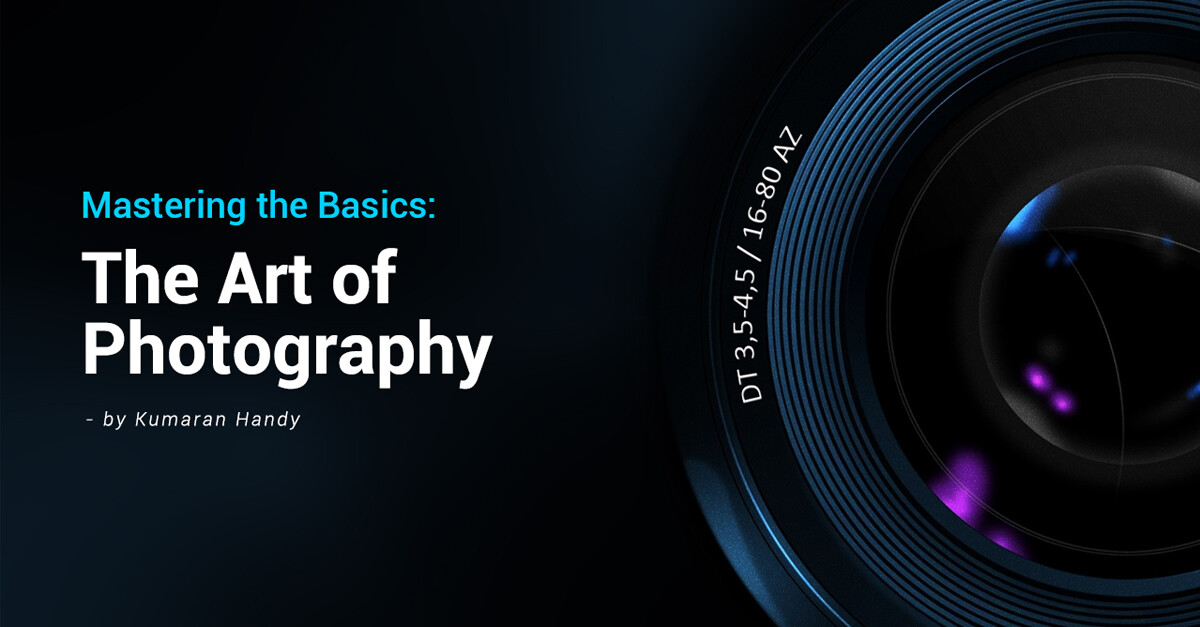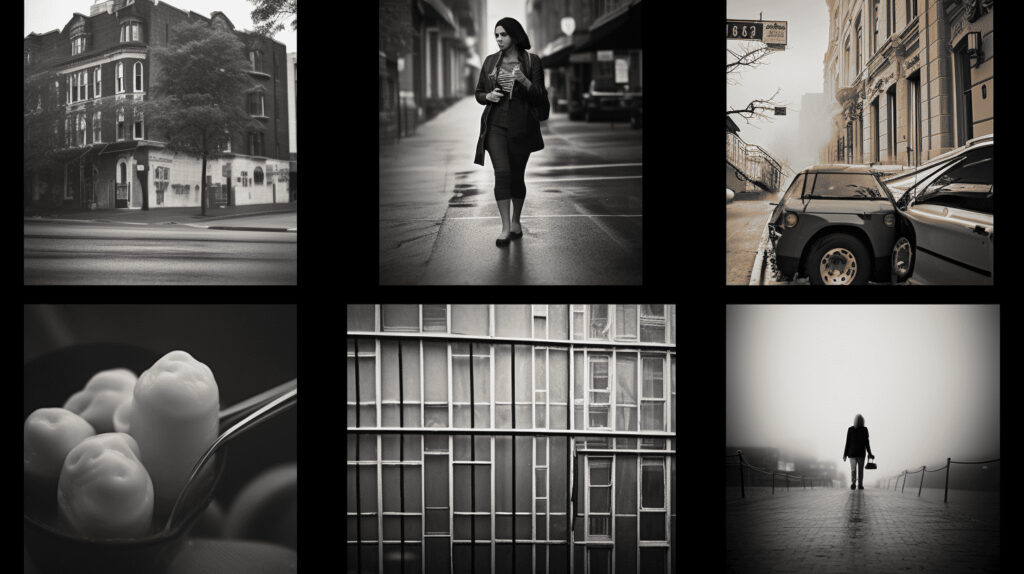Mastering the Art of Photography: Insightful Techniques and Emerging Trends

23-11-2024, 18:58 Admin 6 483 0
For centuries, photography has been the lens through which we perceive the world, a sensory extension that embodies visual storytelling at its finest. The emergence of digital technologies and increasing emphasis on efficiency have brought about a remarkable evolution, transforming traditional techniques and instigating fresh trends. This article, the sixth in a series, explores these changes to equip you with advanced skills and insights necessary for mastering the digital art of photography.
Amidst these revolutionary transformations, efficiency has taken the center stage. Efficiency in photography circles around optimal use of time, technology, and resources to create visually appealing, high-quality images. The digital age offers a plethora of tools, techniques, and trends that provide not just quality output but also streamline the process of clicking, editing, and sharing photographs.
Technology as the New Palette
A deep understanding of novel technologies is fundamental for photographers seeking to enhance their digital efficiency. One such trend is computational photography. Born out of the amalgamation of computer graphics, computer vision, and photography, it enables photographers to surpass the limitations of traditional cameras by leveraging algorithms that enhance image quality and enable diverse effects.
An example of a tool enabling computational photography is Adobe's Super Resolution. It's akin to 'enhance' button straight out of a sci-fi movie, using machine learning to convert low-resolution images into high-quality photos that retain their details even when enlarged.
Efficiency Unparalleled: From Clicking to Sharing
The dawn of efficient technologies has changed the very essence of capturing a photo. Consider the rise of mirrorless cameras, which are lighter and faster than their DSLR counterparts. They are equipped with an Electronic Viewfinder (EVF) which provides a real-time 'what you see is what you get' preview of your image. This essentially eliminates the 'click and pray' approach, saving time and increasing the certainty of your shots.
Additionally, the trend toward integrating AI and neural networks within the toolset of photographers is gaining momentum. Tools like LuminarAI offer features that intelligently enhance images, saving photographers hours of manual editing.
Another emerging trend ensuring efficiency is cloud-based storage and sharing platforms. High-speed, reliable internet has made it easier than ever to backup, edit, and share photos from anywhere. Google Photos, Apple's iCloud Photos, or Adobe's Creative Cloud are excellent examples, minimizing the risk of lost images while ensuring accessibility.
Lastly, an integrative approach is becoming increasingly favored in photography. By using platforms like Instagram, photographers can click, edit, share, and engage with their audience from a single platform, effectively reducing step-processes and saving valuable time.
Conclusion: Charting the Evolution of Digital Photography
Mastering the art of photography is no longer just about understanding light and composition; it's now deeply entwined with a grasp of evolving technologies and trends. In this era of digital transformation, photographers who adapt fastest to the changing landscape will set the pace in visual storytelling. By adopting the discussed insights and techniques, you can optimize your proficiency, increase efficiency, and effortlessly create masterpieces that resonate.
Amidst these revolutionary transformations, efficiency has taken the center stage. Efficiency in photography circles around optimal use of time, technology, and resources to create visually appealing, high-quality images. The digital age offers a plethora of tools, techniques, and trends that provide not just quality output but also streamline the process of clicking, editing, and sharing photographs.
Technology as the New Palette
A deep understanding of novel technologies is fundamental for photographers seeking to enhance their digital efficiency. One such trend is computational photography. Born out of the amalgamation of computer graphics, computer vision, and photography, it enables photographers to surpass the limitations of traditional cameras by leveraging algorithms that enhance image quality and enable diverse effects.
An example of a tool enabling computational photography is Adobe's Super Resolution. It's akin to 'enhance' button straight out of a sci-fi movie, using machine learning to convert low-resolution images into high-quality photos that retain their details even when enlarged.
Efficiency Unparalleled: From Clicking to Sharing
The dawn of efficient technologies has changed the very essence of capturing a photo. Consider the rise of mirrorless cameras, which are lighter and faster than their DSLR counterparts. They are equipped with an Electronic Viewfinder (EVF) which provides a real-time 'what you see is what you get' preview of your image. This essentially eliminates the 'click and pray' approach, saving time and increasing the certainty of your shots.
Additionally, the trend toward integrating AI and neural networks within the toolset of photographers is gaining momentum. Tools like LuminarAI offer features that intelligently enhance images, saving photographers hours of manual editing.
Another emerging trend ensuring efficiency is cloud-based storage and sharing platforms. High-speed, reliable internet has made it easier than ever to backup, edit, and share photos from anywhere. Google Photos, Apple's iCloud Photos, or Adobe's Creative Cloud are excellent examples, minimizing the risk of lost images while ensuring accessibility.
Lastly, an integrative approach is becoming increasingly favored in photography. By using platforms like Instagram, photographers can click, edit, share, and engage with their audience from a single platform, effectively reducing step-processes and saving valuable time.
Conclusion: Charting the Evolution of Digital Photography
Mastering the art of photography is no longer just about understanding light and composition; it's now deeply entwined with a grasp of evolving technologies and trends. In this era of digital transformation, photographers who adapt fastest to the changing landscape will set the pace in visual storytelling. By adopting the discussed insights and techniques, you can optimize your proficiency, increase efficiency, and effortlessly create masterpieces that resonate.
Related News
Leave a Comment

